Corey Cookson's Blog Posts
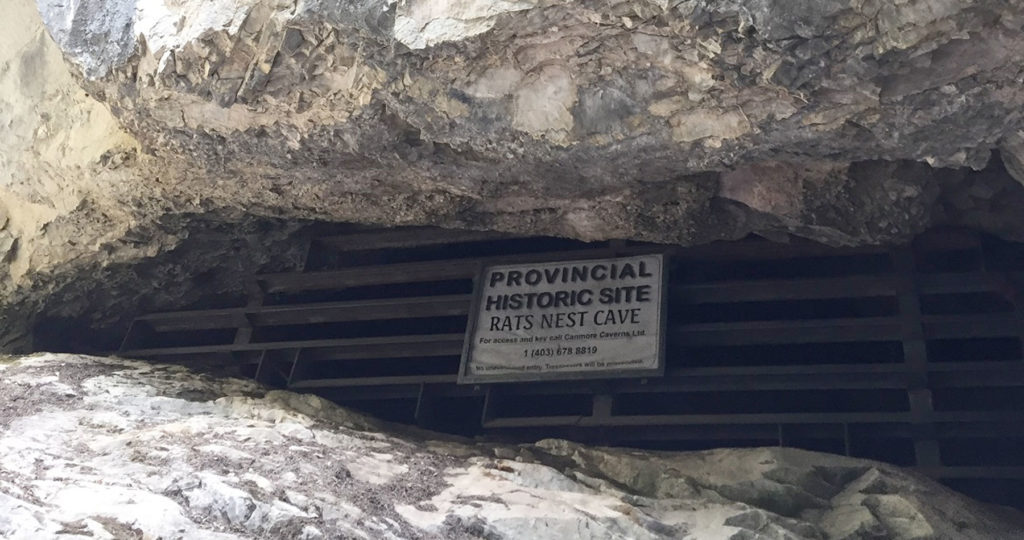
October 9, 2018
Rat’s Nest Cave – Pictographs
Last year I visited a very interesting site located near Canmore, AB. The Rat’s Nest Cave is accessible through the touring company, Canmore Cave Tours, and can be visited all year round. With the help of my guide, Brent, I rappelled 18 m into the cave and squeezed through many tight water carved gaps and
Keep Reading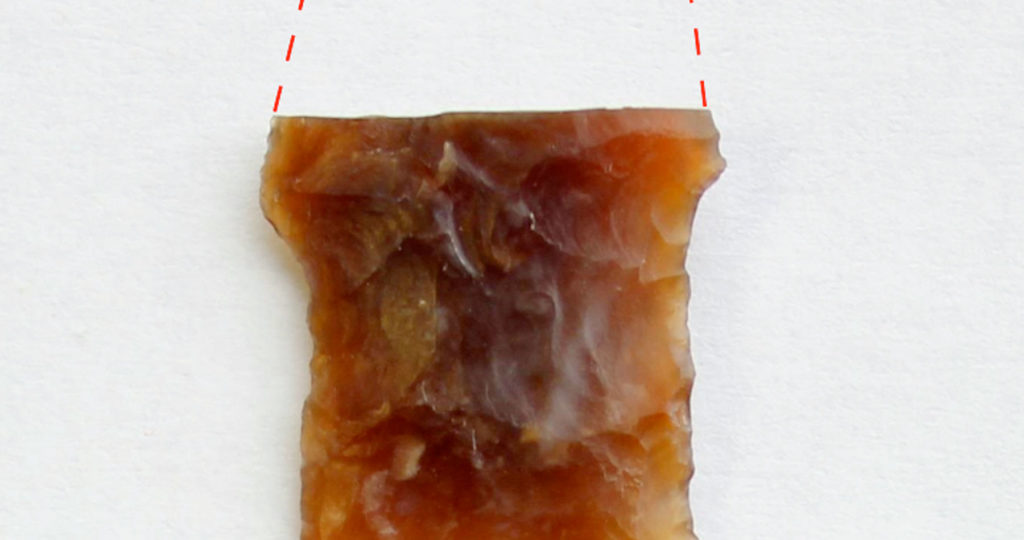
September 25, 2018
Continuity – Buffalo and Sucker Lake Region
Before 2013, archaeological survey in the Sucker and Buffalo Lake regions only identified three sites. In contrast, just 5 km east, in the Logan and Clyde River systems, around 25 sites had been found. This is likely due to the location of developments being surveyed, but it may also reflect older archaeological survey methods. The
Keep Reading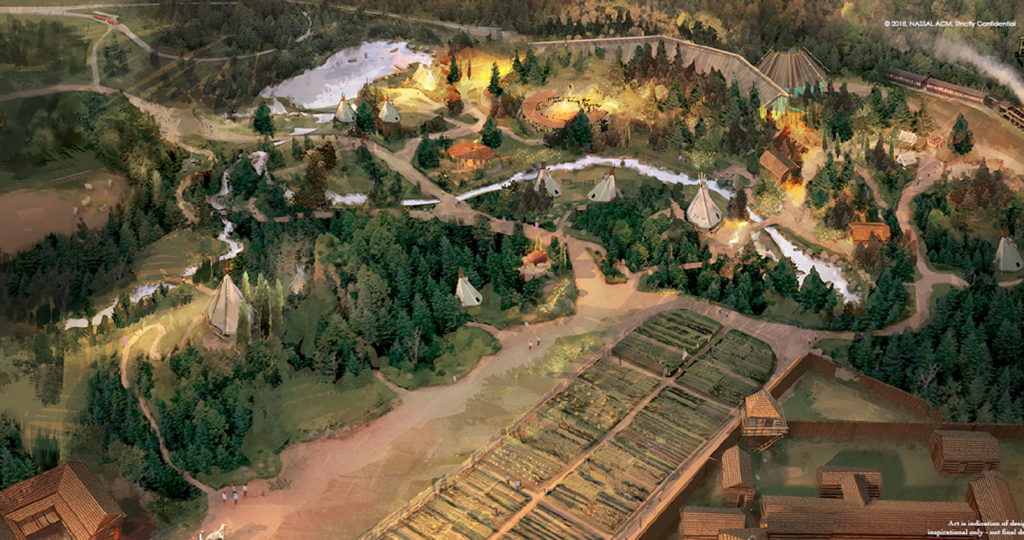
August 14, 2018
Fort Edmonton Park Expansion
As part of the upcoming expansion of Fort Edmonton Park, an Indigenous Peoples Experience exhibit is being added. The multimedia exhibit will educate visitors about the Indigenous histories and cultures of the Edmonton region in an engaging and interactive way. The exhibit will include an outdoor amphitheatre, teepees, campsite recreations, and an indoor arena show.
Keep Reading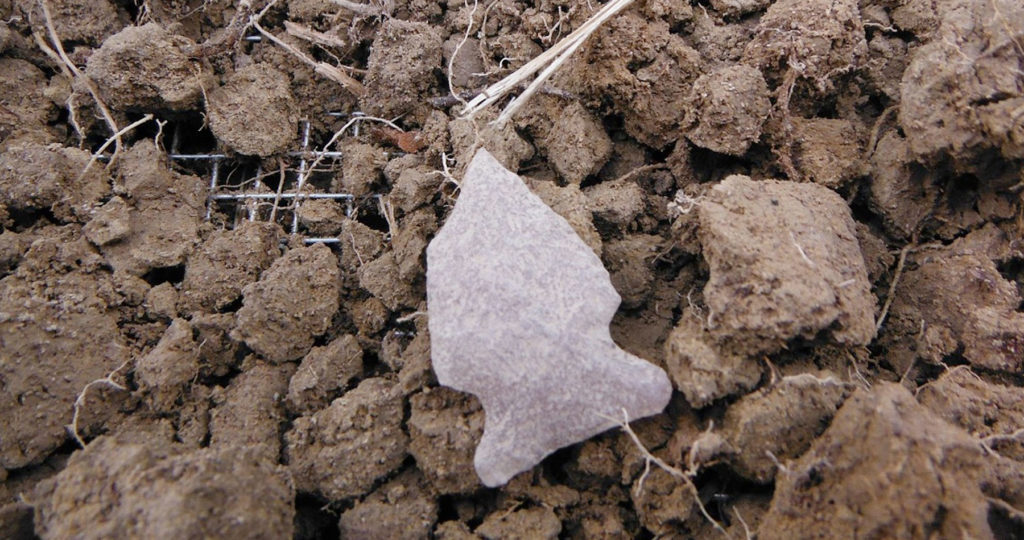
June 12, 2018
What Makes a Site Significant?
During our field seasons we find 100+ archaeological sites every year; however, not every site we find is flagged for avoidance. The decision of whether a site is avoided or approved for impact ultimately comes down to the Historic Resource Management Branch at Alberta Culture and Tourism’s approval of our recommendations. Our recommendations are based
Keep Reading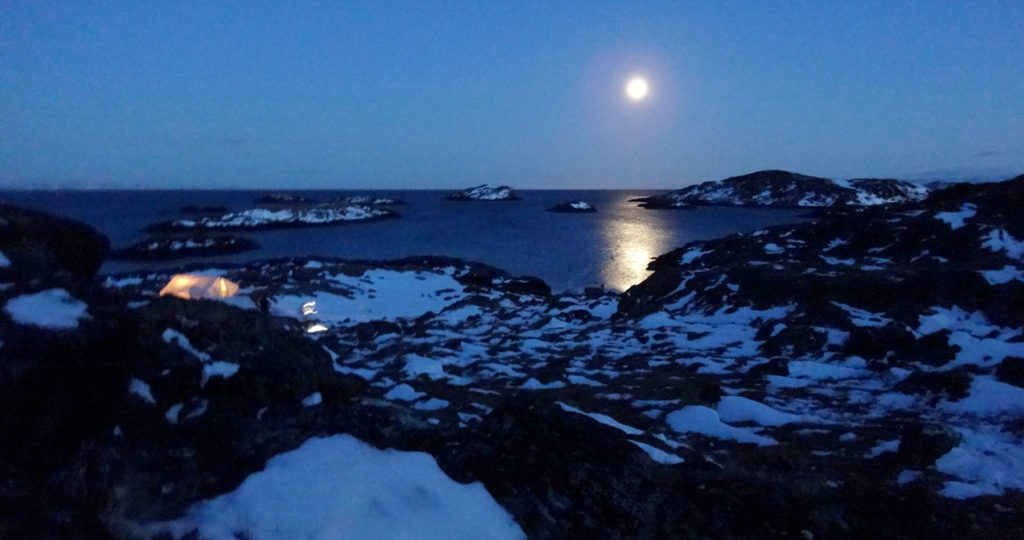
April 24, 2018
Tree Time’s 2017 Top Five Sites
Now that all the reporting is done, we thought it was a good time to look back on some of the exciting sites we worked on from the past year. We usually find over 100 sites every year but these sites stand out either because we found interesting artifacts or the site is unique compared
Keep Reading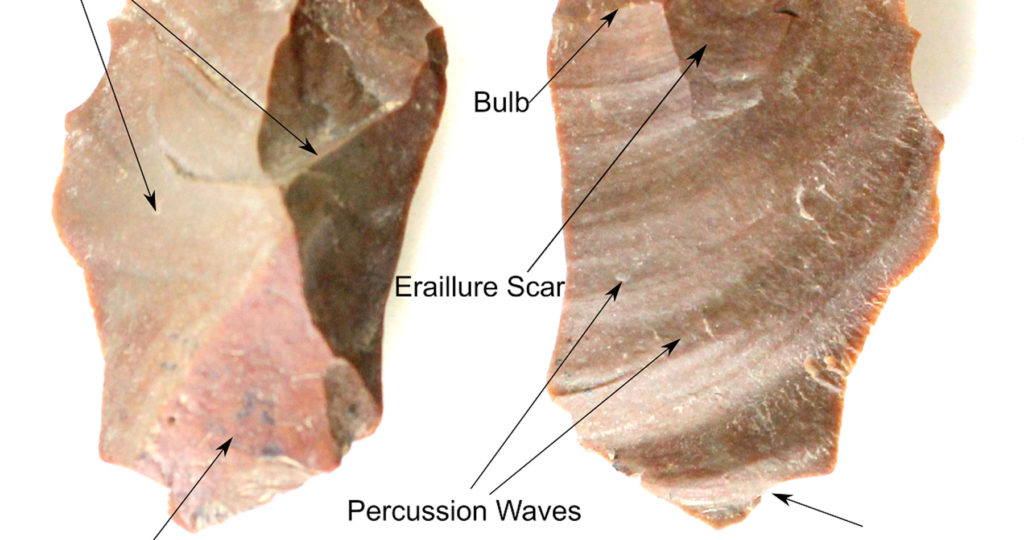
April 10, 2018
Features of a Flake
Back in 2015 I was dropped off by a helicopter in the middle of a large muskeg to assess a cutblock for Alberta-Pacific Forest Industries. After trudging my way through the swamp to the cutblock, I found a very prominent but small hill. I put my shovel in the ground and I found one large,
Keep Reading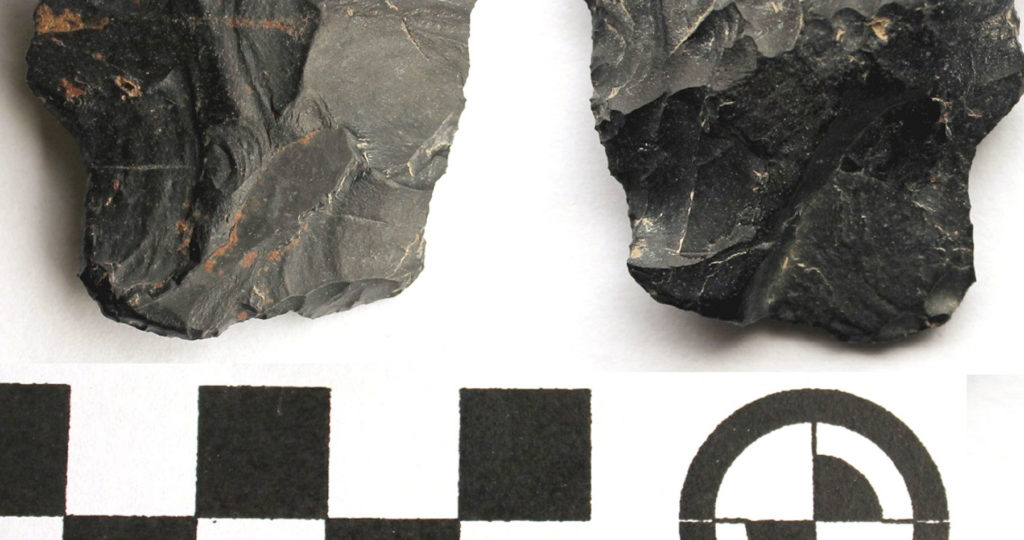
January 30, 2018
Peace River Chert Biface
In the summer of 2016, this tool was identified while inspecting the exposures along an in-block road for Boucher Bros Lumber. It is likely the bottom portion of a biface that broke during manufacture or use. It is made from Peace River Chert, a material common to the Peace River region.
Keep Reading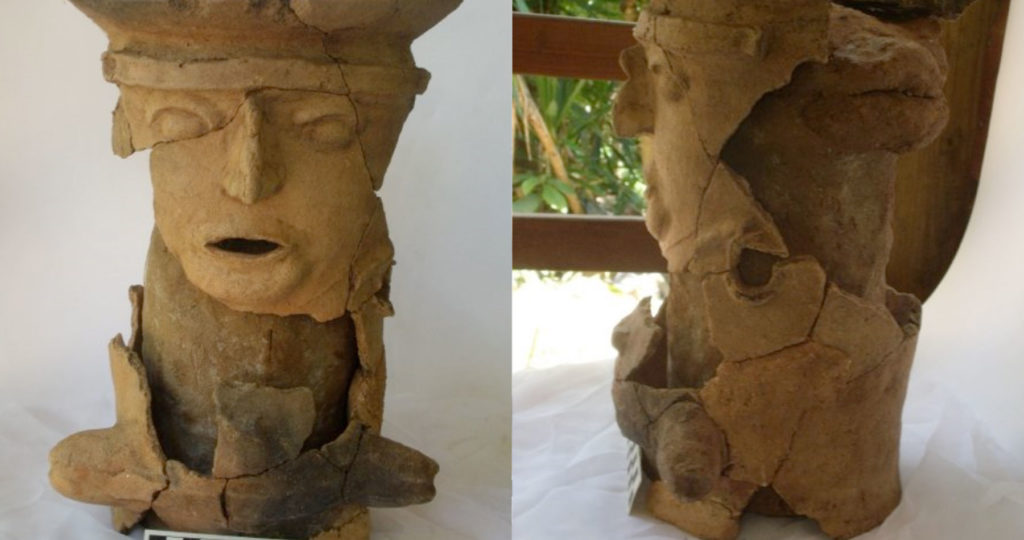
December 18, 2017
Field School in Belize – Trent University
One of the most common questions that I get asked is what is the coolest thing I have ever found. My default answer is this censer fragment that my excavation team unearthed back in 2009 as part of the Trent University field school in Belize, at the Minanha site. My team was working on the excavation
Keep Reading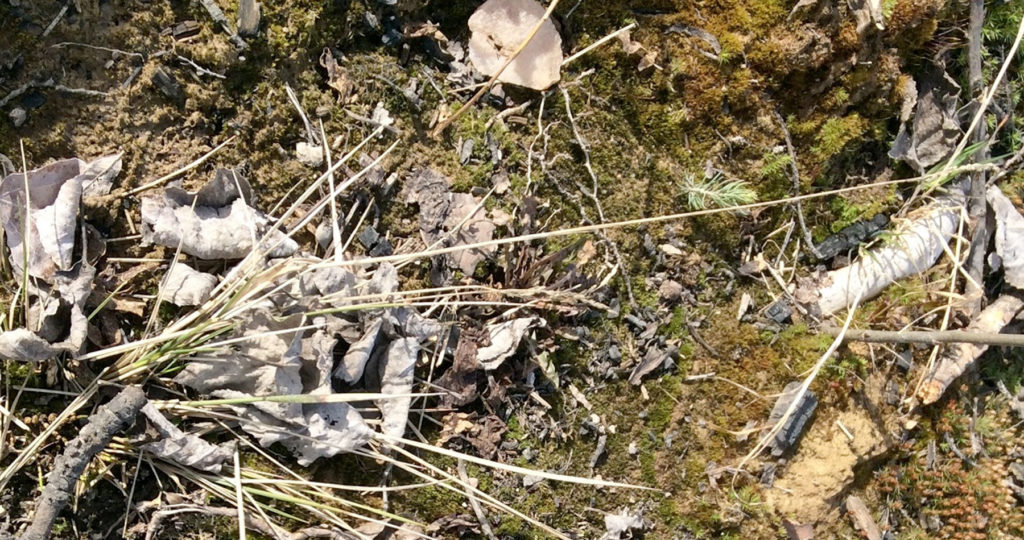
December 11, 2017
Find the Flake (Part 2!)
While we always prefer to survey areas prior to any impacts, the identification of artifacts in post-impact contexts can be easier because of large areas of exposed sediments. Instead of targeted shovel tests that excavate a very small percentage of a high potential area, we can potentially see everything that is under the ground. However,
Keep Reading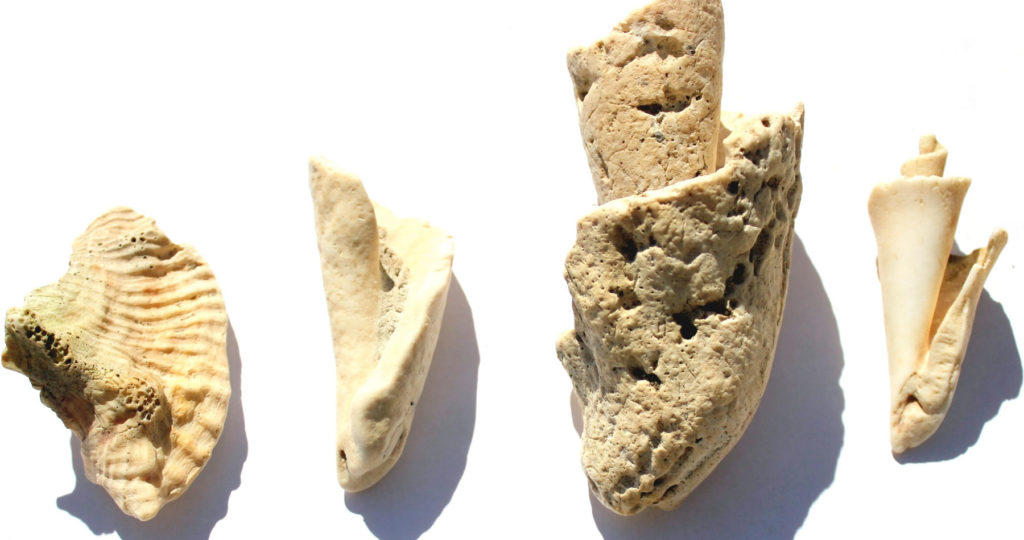
May 29, 2017
Conch Shell
At our Archaeology Roadshow event in Lac La Biche, in fall 2015 Allan and Juanita Gaudreault brought in several conch shell fossils. These shell fossils were heavily worn and most were down to the central spiral. This made them difficult to identify at first. These are very unusual specimens because these type of marine shells
Keep Reading